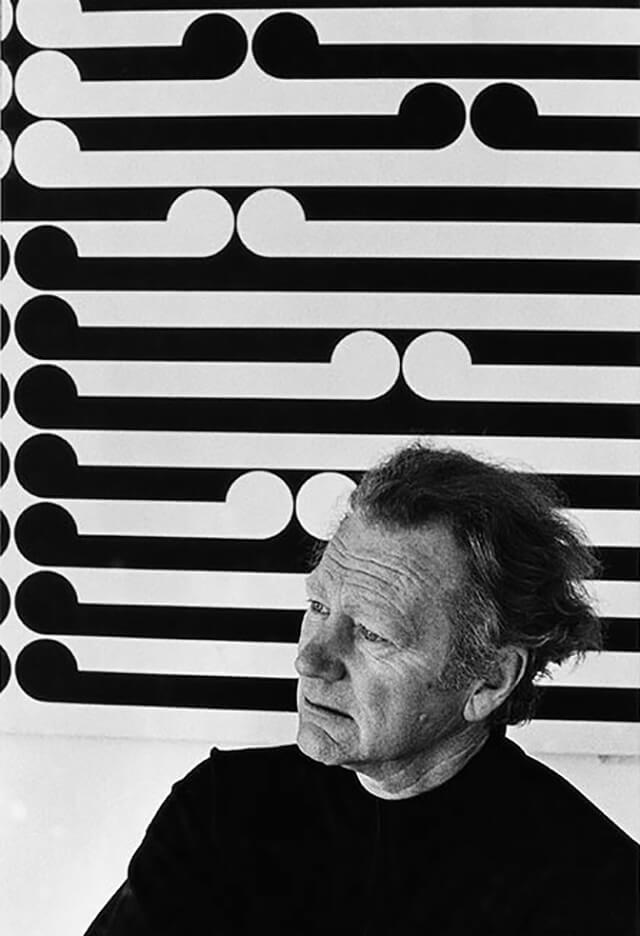
Kura Te Waru Rewiri, artist, academic and educator
Kura Te Waru Rewiri is one of Aotearoa New Zealand's most celebrated Māori women artists.
Kura studied fine art at Ilam School of Fine Arts. She became a member of Nga Tamatoa Maori activist group, which provided the incentive for her to address the issues related to Te Tiriti O Waitangi in her paintings.
As a teacher Kura taught art in schools, tertiary institutions, universities and Whare Wananga. In 1985 she began to paint fulltime; starting out in a garage in Otara where the figurative form and the carved subject were her inspiration.
Kura assisted the first cultural exchange with Hawaiian artists under the auspices of Maori Arts and South Pacific Arts Council and was a founding member of the Te Atinga Committee, Toi Maori. In 1990 she received a Queen Elizabeth’s Arts Council Grant to produce work based on the 150 years commemoration of the signing of the Treaty of Waitangi. In 1993 she and prominent Maori artist, Selwyn Murupaenga, were the first Maori appointments to the Elam School of Fine Arts.
From 1996 to 2006 she lectured at Toioho ki Apiti, the Maori visual arts degree at Massey University, and during that time was the first to achieve the masters in Maori visual arts. During this time she helped set up the Te Whare Wananga O Awanuiarangi Bachelor of Maori Art in Whakatane.
Kura has been a key contributor to contemporary Maori exhibitions both in New Zealand and overseas. She has had numerous solo shows with Ferner Galleries in Auckland, Wellington and Christchurch. Her paintings are held in prestigious collections nationally and overseas. Her works have been documented in many books, as well as in the monograph 'Kura Te Waru Rewiri’.
In 2012 Mangere Art Centre Ngā Tohu o Uenuku held a survey exhibition of Kura's work. The accompanying publication is a testament to her standing within New Zealand’s contemporary artistic landscape and her mana within Maori art.
Her painting practice gives a voice to the concerns and the place that is occupied by Maori women, as well as enabling understanding and appreciation of Maori realities and beliefs in New Zealand today; forming a bridge between traditional Maori art and Maori contemporary arts practice.
Her legacy is one that will endure, not only through her arts practice, but also through her tireless support, guidance and mentorship to her students, fellow artists, art academics and to contemporary Maori art curators.
More Art stories

Art
E. Mervyn Taylor
Mervyn dedicated his life to being both an artist and a communicator; bringing art close to people. He was of a generation that wanted to cast off colonialism and discover a way to see the world and interpret its character from a South Pacific perspective.

Art
Gordon Walters
Gordon’s iconic, and at times controversial, contribution to New Zealand culture is largely due to his synthesis of Māori and European symbols through geometric abstraction.

Art
Guy Ngan
Guy Ngan is described as one of New Zealand’s most prolific artists, with many large-scale public artworks located throughout the country.